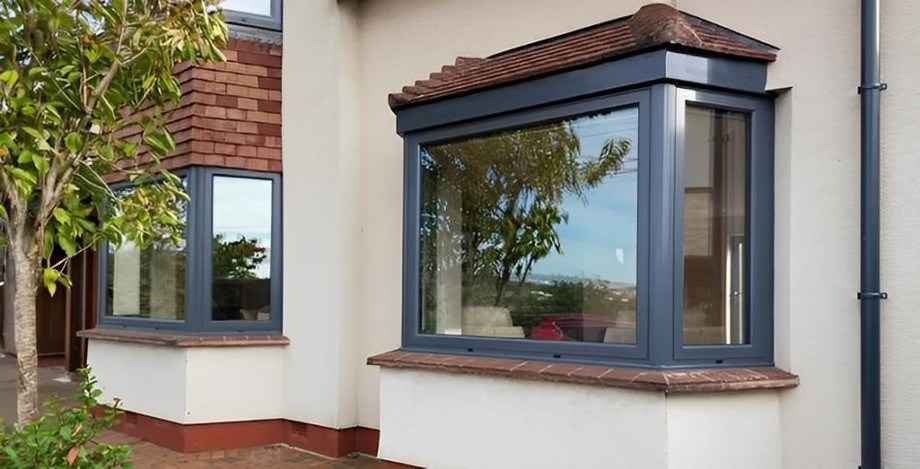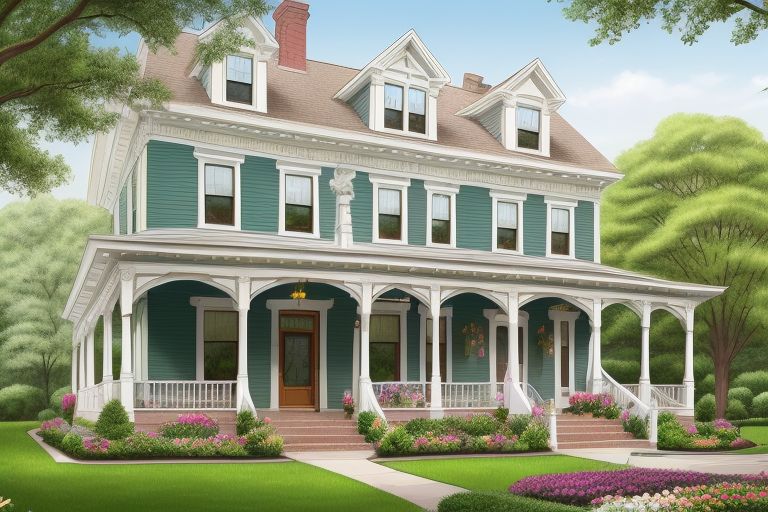The Importance of Lighting Placement for a Balanced Interior Design
When it comes to interior design, lighting is often an overlooked aspect, yet it can be the linchpin that brings together the aesthetics, functionality, and mood of a space. Proper lighting placement is not just about ensuring visibility; it's about creating ambiance, accentuating design elements, and ensuring that spaces are used effectively. Here's why lighting placement is crucial for achieving a balanced interior design:Setting the Mood
Lighting plays a pivotal role in setting the mood of a room. The intensity, color, and direction of light all contribute to how a space feels:
- Warm Lights - Use warmer lighting to create a cozy, inviting atmosphere, suitable for living areas, dining rooms, or bedrooms.
- Cool Lights - Cooler lighting can make a space appear more vibrant, modern, and energetic, which is ideal for kitchens or workspaces.
- Dimming Capabilities - Installing dimmers gives control over the intensity, allowing for flexibility in mood settings throughout different times of the day or events.
Enhancing Aesthetic Appeal
The placement of lights can highlight architectural features, furniture, and art:
- Spotlights and Track Lighting - These can focus light on artwork, sculptures, or architectural details, adding depth and dimension to rooms.
- Under Cabinet Lighting - In kitchens, under cabinet lighting brightens up the work area while adding a layer of style that can make countertops pop.
- Backlighting - Used behind features like headboards, shelves, or within crown molding to create a glow, giving a room a sleek, professional look.
Improving Functionality
The right lighting placement ensures that each space serves its intended function effectively:
- Task Lighting - Positioned desks, reading nooks, or kitchen worktops need specific task lighting to prevent eye strain and make activities easier.
- Ambient Lighting - General illumination that fills in shadow areas and harmonizes with natural light should be strategically placed for overall balance.
- Accent Lighting - This highlights focal points or decor elements, which not only beautifies but can also guide traffic flow within a space.
Creating Visual Balance
Lighting should not compete but complement:
- Symmetry - Pairing lights symmetrically around a room or a focal point like a fireplace, maintains an equilibrium that the eye finds pleasing.
- Layers - Layering different types of lighting (task, ambient, accent) can help in creating a nuanced atmosphere where no one light source overpowers the rest.
- Directional Light - Directing light correctly prevents harsh shadows and glare, which can disrupt the visual harmony of a room.
Safety and Comfort
Good lighting placement also addresses safety and comfort:
- Illumination of Pathways - Ensuring hallways, staircases, and entryways are well-lit prevents accidents.
- Eye Comfort - Avoiding glare on screens or mirrors, reducing eye strain when reading or cooking, contributes to comfort.
- Natural Light Replication - Utilizing natural light supplementation or mimicking it with artificial lights to maintain health benefits associated with daylight.
Tips for Optimal Lighting Placement
- Start with the Foundation - Plan for lighting before anything else, even before furniture placement. Think about how you will use each space.
- Consult the Architecture - Tailor your lighting to the room's shape, ceiling height, and natural light sources. High ceilings might do well with higher-mounted lights or chandeliers, whereas lower ceilings might benefit from recessed lighting or wall sconces.
- Use Technology - Smart lighting systems allow for customized color temperatures, dimming, and control by zones or schedules, enhancing both functionality and decor.
- Consider Aesthetic Uniformity - Make sure the style or period of the lights matches other elements in the room. A minimalist room might not pair well with ornate chandeliers.
- Experiment with Angles - Sometimes lighting from an angle can produce interesting shadows or soften harsh lines. This technique is often used in art galleries.
End Notes
In conclusion, lighting placement does more than just illuminate a room; it sculpts and enhances its environment. Each decision made in terms of where and how lights are placed can transform the functionality, aesthetic, safety, and overall ambiance of an interior space. The magic lies in the details, and investing time in thoughtful lighting design can yield incredibly rewarding results on both the emotional and practical levels. For anyone looking into renovations, new constructions, or even simple room makeovers, never underestimate the power of strategic lighting placement to elevate your interior design to a work of art.
Remember, lighting is not just a necessity; it's an art form that requires a keen eye, an understanding of function, and a passion for creating spaces that resonate with light and life. Embrace these principles, and watch as your living spaces are transformed into balanced, beautiful, and highly functional areas that stand the test of time.




